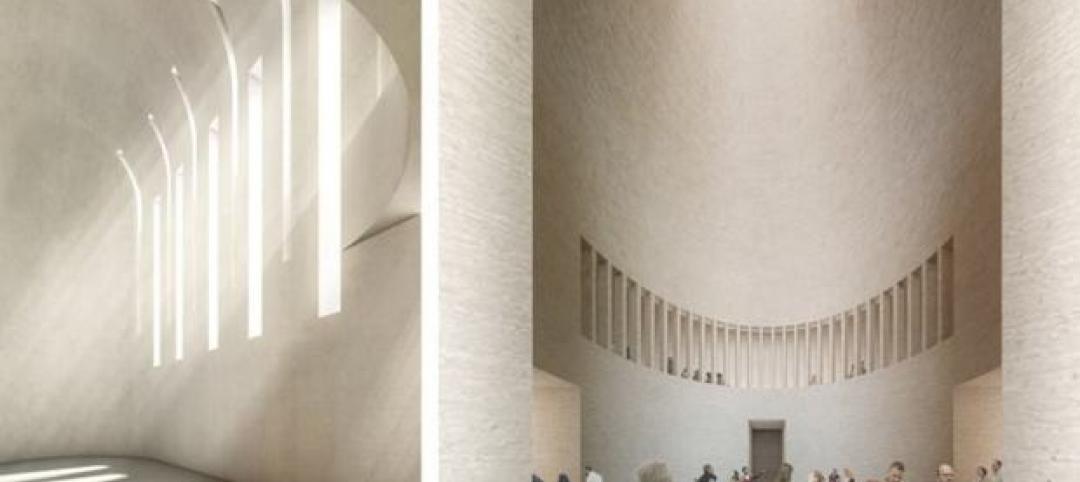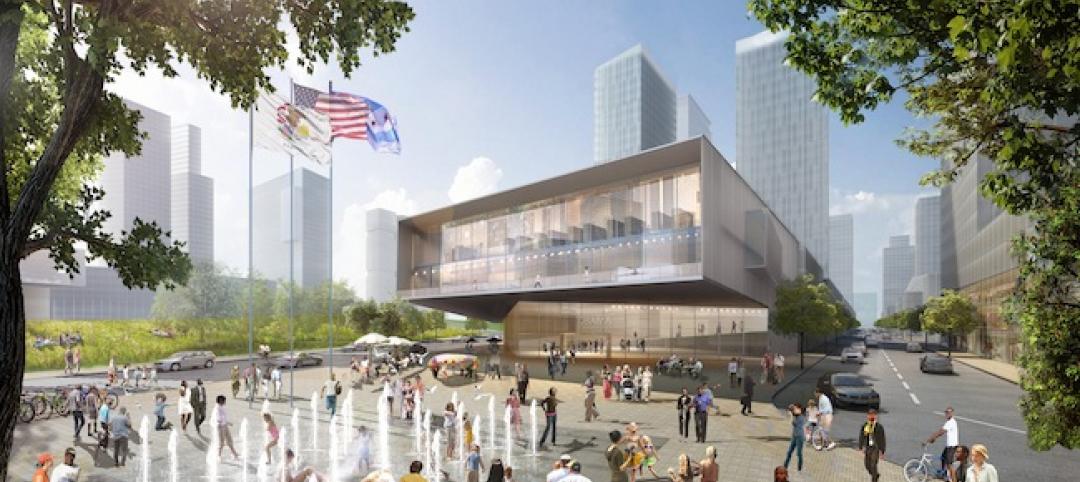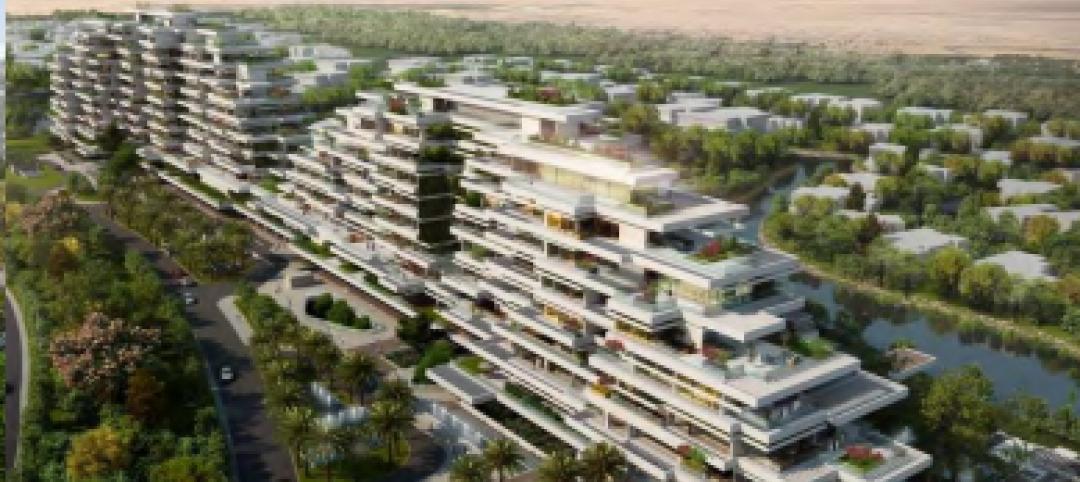The recently unveiled bipartisan “Invest in America Act” would attract as much as $125 billion in global investment in aging buildings and crumbling infrastructure in the U.S., according to supporters of the federal legislation.
The bill is supported by The American Institute of Architects (AIA) and The Real Estate Roundtable (RER). It could create as many as 284,000 American jobs, sponsors say.
The legislation would repeal the “Foreign Investment in Real Property Tax Act” (FIRPTA). First enacted in 1980, FIRPTA is a tax that “deflects global capital from U.S. cities and towns by imposing a capital gains tax on global investors that finance any U.S. real property,” according to an AIA news release.
The law “greatly inhibits state and local leaders from partnering with global investors—in addition to leveraging domestic partners—to improve their communities, including renovating aging buildings; constructing roads, bridges, tunnels, hospitals and airports; developing affordable housing; and utilizing new Opportunity Zones,” the release says.
Related Stories
| Jun 23, 2014
Power of IPD: Is integrated project delivery truly a transformative delivery model?
Now that many of the first-generation IPD projects have been completed, CBRE Healthcare's Tim McCurley and Stephen Powell ponder the lessons learned and pros and cons of the industry's newest delivery model.
| Jun 23, 2014
Lilker Associates launches Lighting Group; David Cyr announced as Director
New division rounds out building systems services offerings for the Manhattan-based consulting firm.
| Jun 23, 2014
Berlin House of One will accommodate Muslims, Jews, and Christians
The building will rise on the ruins of a 13th-century Christian church that was damaged during WWII and eventually demolished.
| Jun 22, 2014
5 ways to improve your firm’s branding efforts
Establishing, conveying, and maintaining a powerful brand is a critical component of an AEC firm’s marketing strategy. Here are five strategies to make a greater impact with your firm’s branding efforts.
Sponsored | | Jun 22, 2014
JW Marriott Indianapolis redefines city’s skyline
The 34-story JW Marriott is both the largest and tallest hotel in Indianapolis. One of the most prestigious hotels in the city, the JW Marriott has hosted celebrities and NFL teams alike.
| Jun 20, 2014
HOK releases proposal for Obama Library and Museum Campus
Proposal would locate the library in Chicago's historic Bronzeville neighborhood, aiming for urban revitalization as well as Living Building certification.
| Jun 20, 2014
Sterling Bay pulled on board for Chicago Old Main Post Office project
Sterling Bay Cos. and Bill Davies' International Property Developers North America partner up for a $500 million restoration of Chicago's Old Main Post Office
| Jun 20, 2014
First look: Hive-like 'Learning Hub' to be built in Singapore
In a competition to design a "Learning Hub" for students at Nanyang University in Singapore, London-based firm Heatherwick studio has won with a rounded, hive-like design.
| Jun 20, 2014
U.S. Energy Information Administration releases preliminary Commercial Buildings Energy Consumption Survey results
Federal survey project shows that commercial-building floorspace has grown 22% since 2003; energy-use data will be released in Spring 2015.
| Jun 19, 2014
First Look: 10 Design unveils new luxury apartments plan in Dubai
The Seventh Heaven complex features a stepped form that will offer stunning views of the Dubai skyline.















